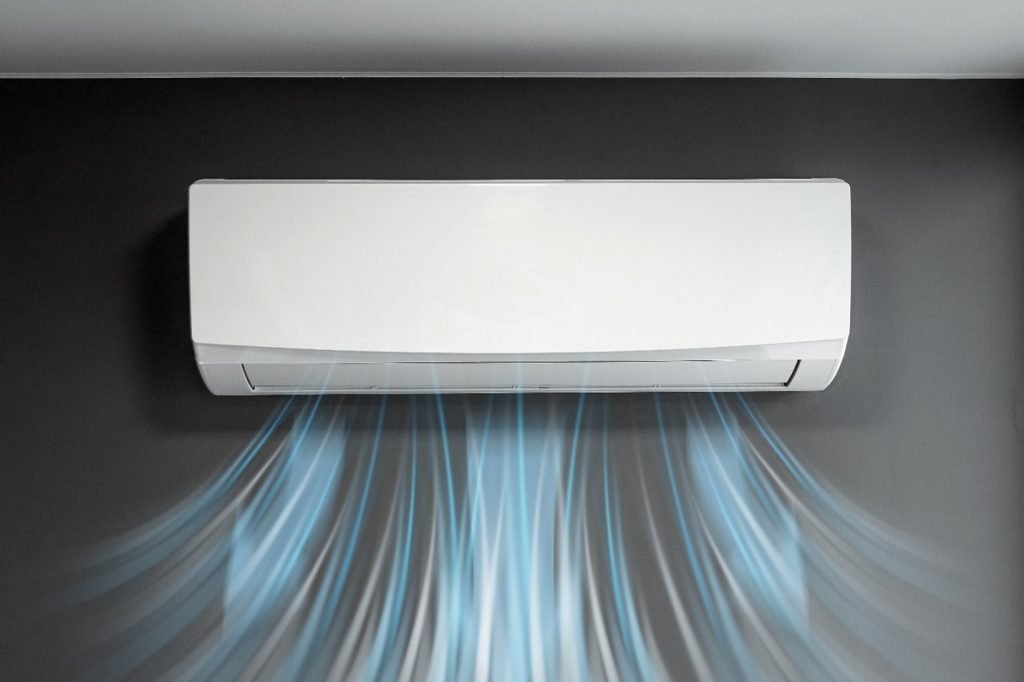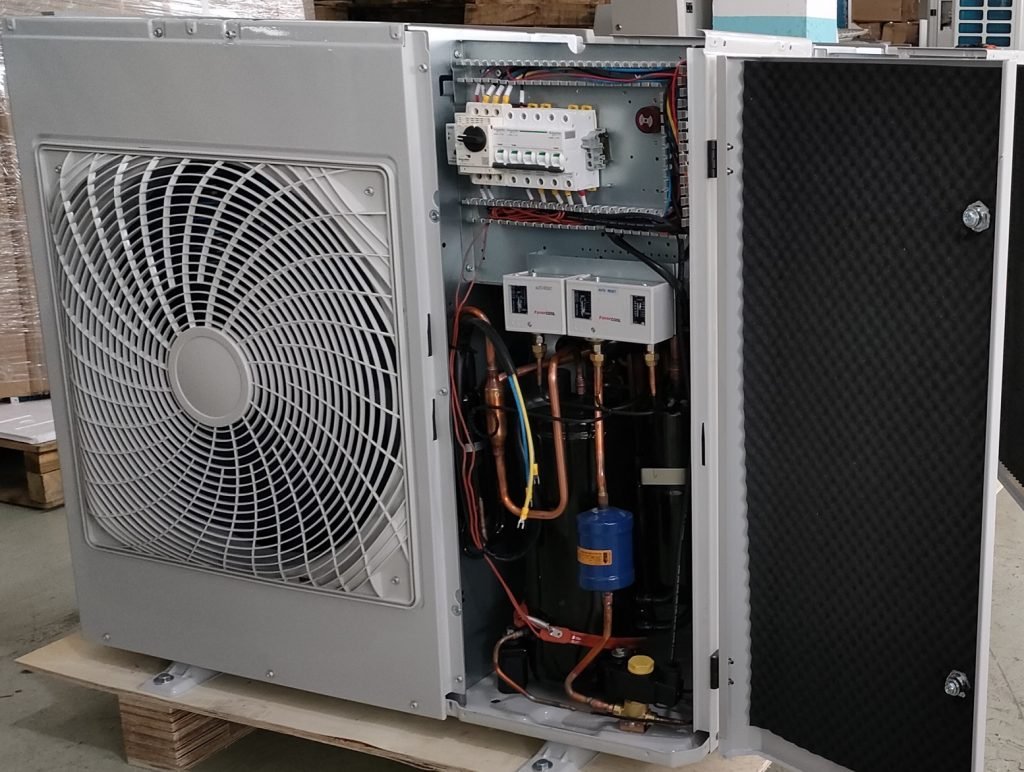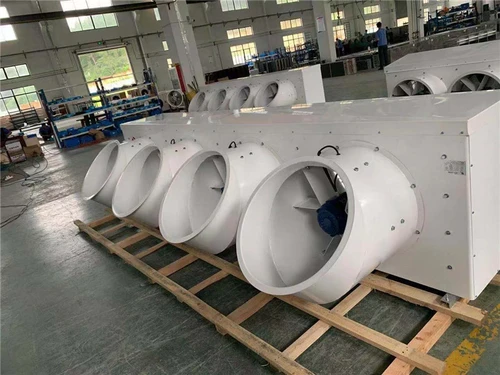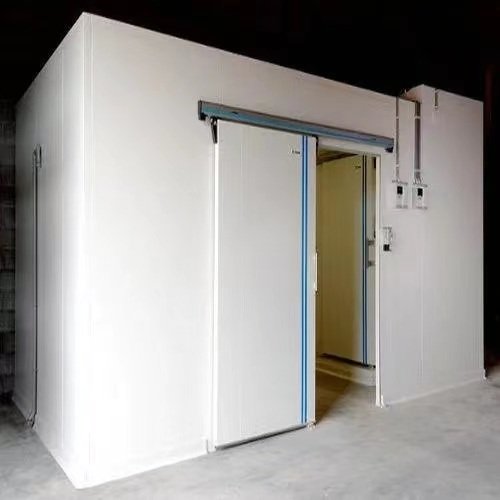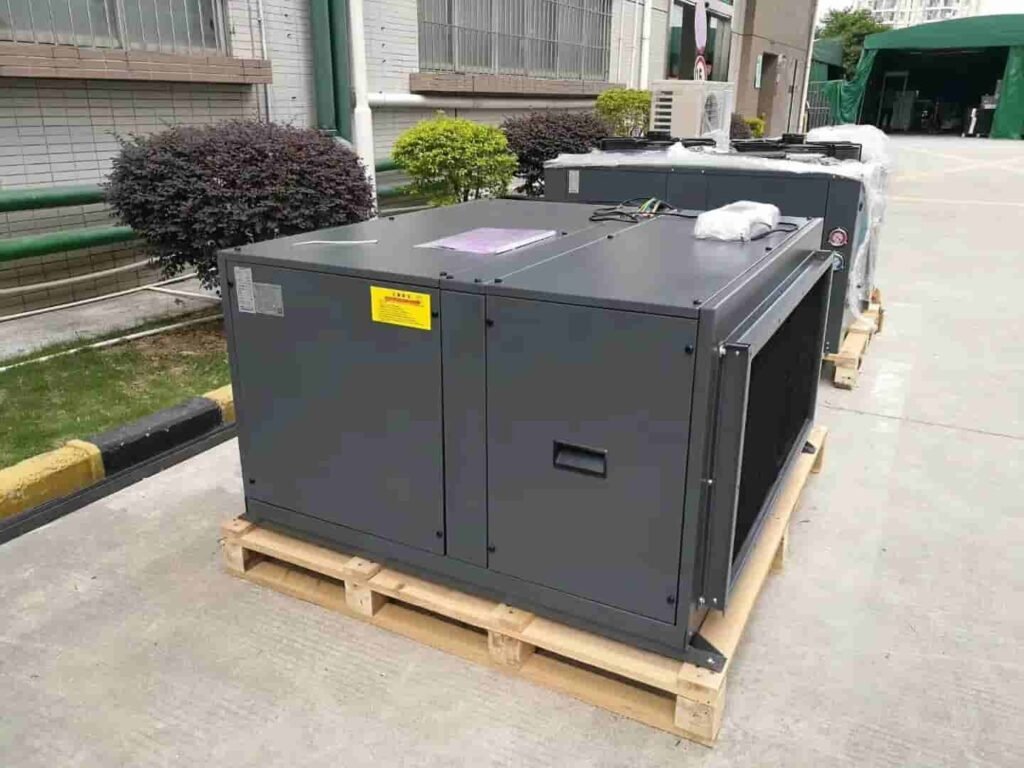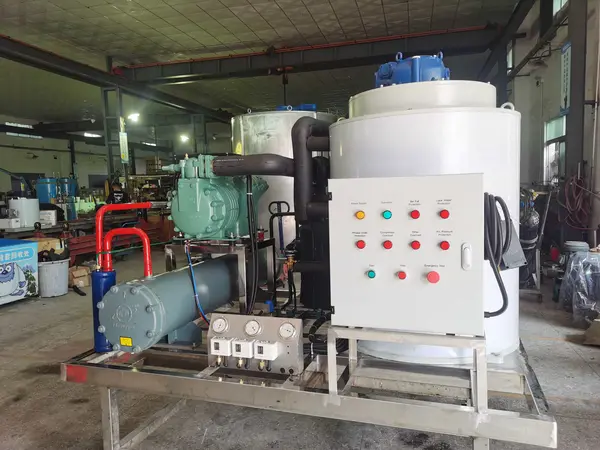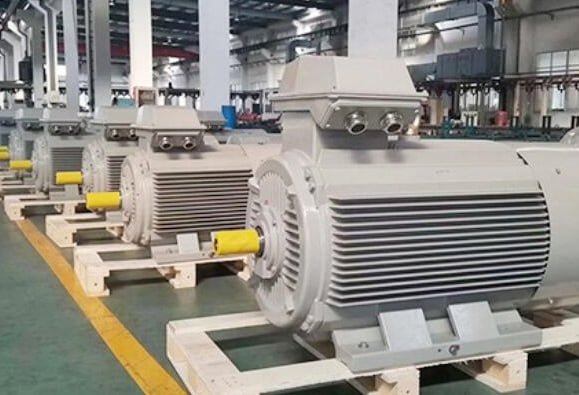冷凍業界では, 乾球温度と湿球温度は 2 つの重要なパラメータです. それらは業務効率に影響を与えるだけでなく、 空調 システムだけでなく、日常生活の快適さにも直接関係しています.
乾球温度
乾球温度, 私たちが一般に気温と呼ぶ温度です. それは実際の空気の温度です. 冷凍業界では, 乾球温度は自動制御システムで一般的に使用されるパラメータです, バルブの開度を調整するために使用されます, 室内の温度を調整する, もっと.
乾球温度の測定
乾球温度の測定は非常に簡単です:
–温度計を空気にさらす.
–正確な測定値を得るために、直射日光や湿気による干渉を避けてください。.
冷凍システムにおける乾球温度の役割
乾球温度は私たちの日常生活と冷凍システムの動作の両方に影響を与えます. 例えば:
–夏の間, 快適な室内環境を確保するため、室内乾球温度は24℃~26℃に設定されています。.
—空調システム 設定された乾球温度に基づいて冷却機能を自動的に調整し、望ましい状態を維持します。.
湿球温度
湿球温度とは、一定の湿度条件下で空気が到達できる最低温度を意味します。. 空気が濡れた生地の上を通過するときに記録される温度です (水で飽和した), 水が蒸発して熱を吸収する, それによって体温計を冷却します.
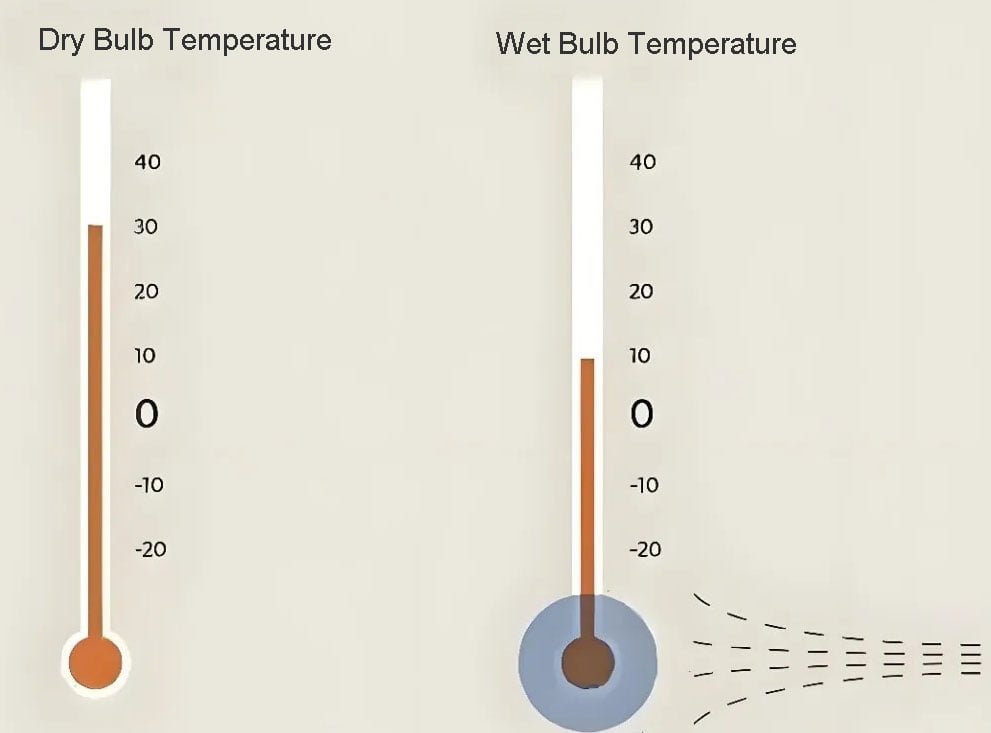
湿球温度の測定
湿球温度を測定するには、濡れた布に包んだ特別な温度計が必要です:
–布から水分が蒸発すると、, 熱が吸収される, 温度計が乾球温度よりも低い温度を示すことになる.
湿球温度の特性
–湿球温度は空気湿度と密接に関係しています.
–空気が乾燥しているとき, 水はすぐに蒸発します, 湿球温度は乾球温度よりも大幅に低い.
–空気が飽和に近いとき, 蒸発が遅くなる, そして湿球温度は乾球温度に近づきます.
したがって, 湿球温度は空気の湿度レベルを反映するだけでなく、蒸発冷却の可能性を評価するのにも役立ちます.
冷凍分野での応用
1. 温度設定と制御
の 空調システム, 乾球温度は設定の重要な基準となります。 室内温度, 一方、湿球温度は室内の相対湿度を調整するために使用されます。. 両方計測することで, 相対湿度を計算し、最適な室内環境を確保するためにシステムを調整できます。.
2. 冷却性能の評価
乾球温度と湿球温度の変化は、 空調 パフォーマンス:
–乾球温度の低下率と程度は、冷却能力を反映します。 エアコン.
–湿球温度の変化を観察すると、システムの状態が明らかになります。 除湿 効率.
3. 冷却塔の設計と運用
湿球温度は冷却塔の設計において重要な役割を果たします:
–冷却塔の原理は蒸発冷却に依存しています。, 水の蒸発によって熱が除去される場所.
–屋外の湿球温度を知ることは、冷却塔の最低到達可能温度を決定するのに役立ちます, 効率的な設計と運用戦略を可能にする.
乾球温度と湿球温度の測定と影響
乾球温度測定
乾球温度測定が簡単, 直射日光と湿気の干渉に対する予防措置のみが必要です.
湿球温度測定の考慮事項
風速: 湿球温度は対気速度に大きく影響されます. より高い空気流により、熱と湿気の交換が強化されます, より正確な測定値につながります.
放射線: 精度を確保するため、測定中は直接放射線を避けてください。.
濡れた布の状態: 生地の選択, サイズ, 濡れた布の飽和レベルは測定精度に影響します.
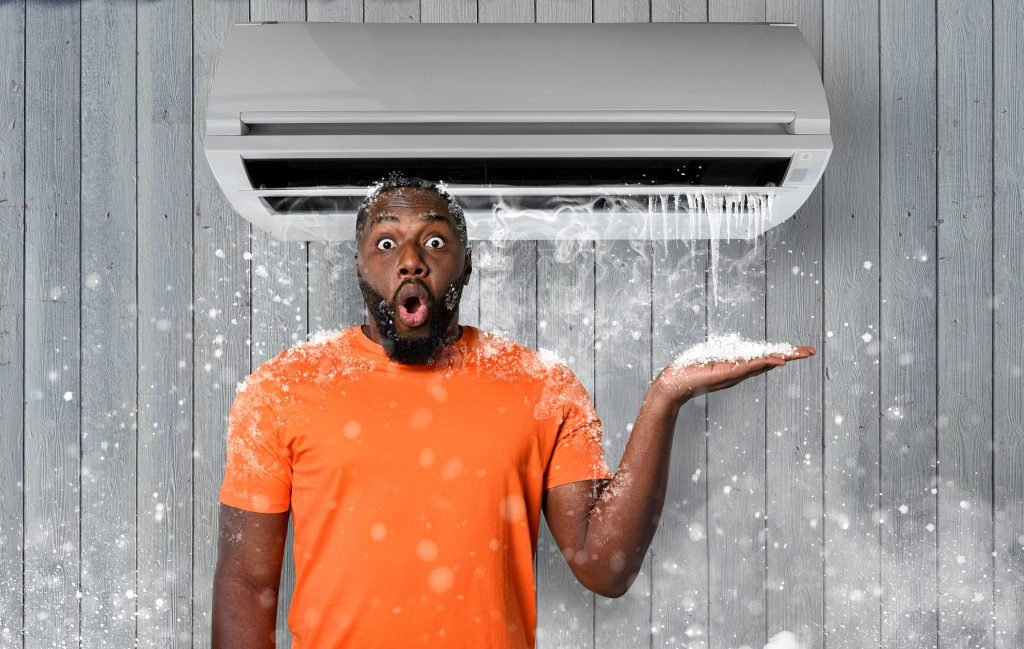
露点温度とは?
露点温度は、空気湿度の重要な尺度であるだけでなく、システムの設計と操作における重要なパラメータでもあります。 冷凍装置.
露点温度とは、空気中の水蒸気が凝結して水滴になる温度を指します。. 一定の圧力の下で, 湿った空気が相対湿度に達するまで冷却されるとき 100%, 水蒸気が凝縮して水滴になる. この温度では, 空気は飽和していると考えられます, そして結露が始まります.
この原理は、飽和空気の水分含有量と温度の関係に基づいています。: 不飽和空気を露点まで冷却すると結露が発生します.
露点温度と冷凍の関係
1. 空調システムの露点温度
露点温度は室内の湿度を制御するために重要です.
–空気が凝縮器を通過する際に, 水蒸気の一部が凝縮して水滴になり、排出されます, 空気の湿度を下げる.
–このプロセスにより空気の露点温度が下がります, 快適な環境を作る.
2. 冷蔵室の露点温度
の 寒い部屋, 露点温度を制御することで、保管品の表面に湿気が結露するのを防ぎます。, したがって、腐敗や損傷を避けることができます.
露点温度の測定と影響
露点温度の測定
露点温度を測定するには、特別な露点計または湿度計を使用します。. これらの機器は相対湿度に基づいて露点温度を計算します。, 空気圧, と温度.
露点温度に影響を与える要因
空気圧: 空気圧が高くなると飽和蒸気圧が上昇し、露点温度が上昇します.
気温: 気温が低いと飽和蒸気圧が下がります, 露点温度の低下につながります.
空気中の水分含有量: 空気中の水分含有量が高くなると、露点温度が高くなります.
機器の精度: 露点計の精度は測定精度に大きく影響します, ~の信頼できるデータを提供する 冷凍システム.
冷凍分野での応用
1. 除湿と加湿
露点温度をコントロールすることで, 冷凍システム 空気を除湿または加湿できる.
–露点温度を下げると、 除湿.
–露点温度を上げると加湿が容易になります.
2. エネルギー効率と最適化
露点温度の正確な制御により、冷凍システムのエネルギー効率の高い運用が実現します。, 過冷却と不必要なエネルギー消費を最小限に抑えます。.

3. 機器の選択と設計
露点温度は選択と設計における重要な要素です 冷凍装置 特定の環境要件および運用要件を満たすため.
乾球の関係, 湿球, および露点温度
1. 乾球 vs. 湿球温度
–乾球温度は常に湿球温度以上です.
–両者の違い (乾球湿球温度差) 相対湿度を反映する: 差が大きいほど空気が乾燥していることを示します, 一方、差が小さいほど飽和空気に近いことを示します。.
2. 乾球 vs. 露点温度
–乾球温度は常に露点温度以上です.
–2つの違いは空気の湿気の状態を示します: 差が大きいほど空気が乾燥していることを意味します, 差が小さいほど湿度が高いことを示します.
3. 湿球 vs. 露点温度
–空気が飽和していない限り、湿球温度は露点温度よりも高くなります, この場合、2 つは等しい.
結論
乾球, 湿球, および露点温度は重要なパラメータです。 冷凍システム, ~で重要な役割を果たしている 温度管理, 湿度調整, とエネルギー効率.
簡単な説明としては:
乾球温度: 実際の空気温度を反映し、顕熱負荷の計算に使用されます。.
湿球温度: 空冷の限界を反映し、潜熱負荷とエンタルピー値の計算に使用されます。.
露点温度: 空気中の水蒸気の飽和状態を反映し、 除湿 そして湿度管理.
それらの関係とアプリケーションを理解することで、システムのパフォーマンスを向上させることができます, 快適性を向上させる, エネルギー使用を最適化する, 産業にも日常生活にも欠かせないものとなっています.
コメント?
ようこそメッセージを残すか、再投稿してください.



